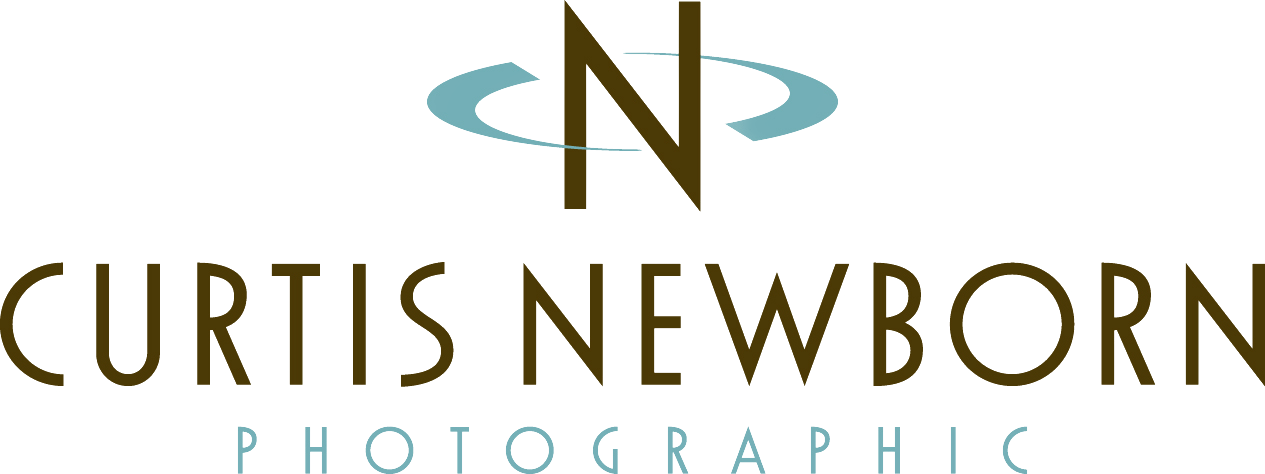Event photography for business can be a tricky proposition. One of the biggest things to remember is you are shooting “marketing material”, not family portraits or scenic landscapes. These images are destined for websites and corporate collateral and advertisements. Everything has to be viewed with this mindset. Beyond the Keynote Speakers, everything else you shoot will for the most part be considered “bonus” material. Be sure to get a few candid shots of people during the meet & greets. Again don’t be bashful here. Feel free to approach a couple/group and ask politely for a photo op. If there are silent auction items make sure to grab a few of those. Here is your chance to be a little creative. Shoot the items off angle or close up.
One other thing you may or may not want to do involves cropping. Normally I try to get my shot framed correctly in the camera and only crop if necessary. However with events I tend to shoot a little wider so the client has some freedom to crop the image as needed. You never know exactly how they will use your image rather it be on a website or a print publication. Giving them a little freedom like this will be greatly appreciated. And just so they know I do always make it a point to inform them of this freedom.
Hopefully some of this has been helpful to anyone who is thinking of shooting an event or has been hired to shoot one. I’ve only touched on a few of the many areas to consider (contracts, payment, how images are licensed, etc). Please feel free to contact me if you have any additional questions.
